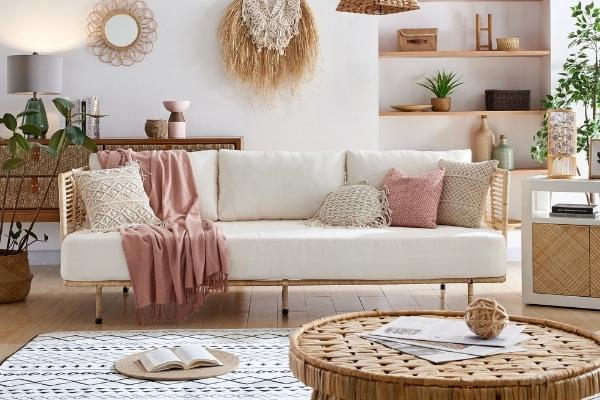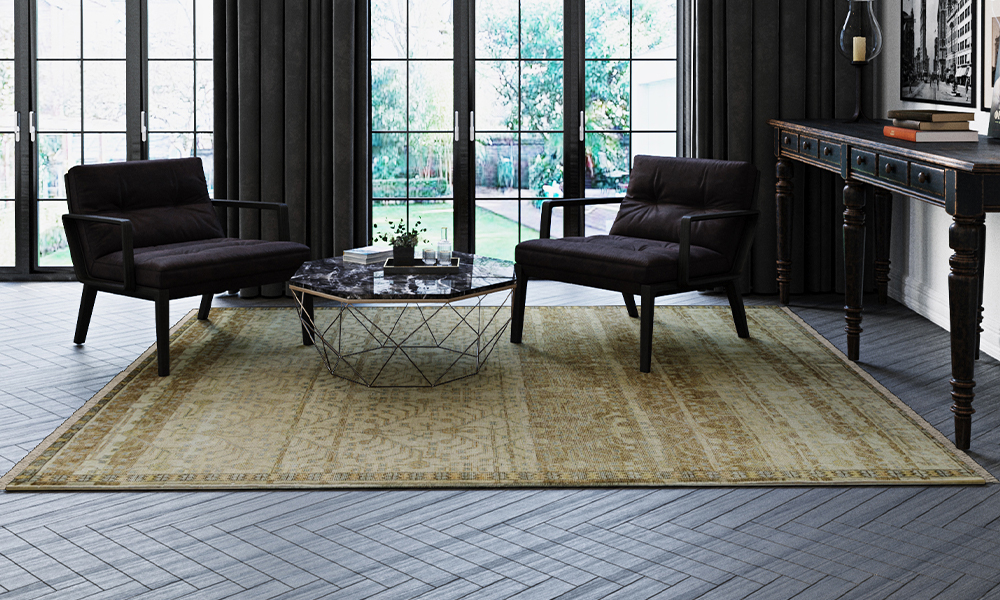Interior design is not just about choosing the right furniture and accessories. It is also about creating a sense of depth and visual interest in a space. One of the ways to achieve this is through the art of layering. Layering in interior design involves adding different textures, patterns, and colors to create a harmonious and cohesive space. Here are some tips on how to master the art of layering in interior design.
Start with a Neutral Base
The first step in layering is to start with a neutral base. This could be a neutral-colored wall, flooring, or furniture. Neutrals provide a calming background that allows other elements to stand out. They also create a sense of continuity in a space, making it feel more cohesive. Once you have your neutral base, you can start layering different elements to create depth and visual interest.
Add Textures

Textures add depth and dimension to a space. They can be added through different fabrics, such as pillows, throws, and curtains. Textured rugs and wallpaper are other ways to add texture to a room. When choosing textures, consider the mood you want to create. Soft textures such as velvet and faux fur can create a cozy and inviting atmosphere, while rougher textures such as jute and burlap can add a rustic or industrial feel.
Introduce Patterns
Patterns are another way to add visual interest to a space. They can be introduced through fabrics, wallpapers, and even accessories such as rugs and artwork. When layering patterns, it is important to choose patterns that complement each other. Mixing too many patterns can create a chaotic and overwhelming space. Stick to a maximum of three patterns and mix them with solids to balance the look.
Play with Colors
Colors are a powerful tool in interior design. They can set the mood, create drama, and add personality to a space. When layering colors, it is important to choose a color scheme that works well together. Consider the mood you want to create and choose colors that reflect that mood. You can also use color to highlight certain elements in a space, such as an accent wall or a piece of artwork.
Accessorize
Accessories are the final touch in layering. They can be used to tie all the elements together and add a personal touch to a space. Accessories can include anything from throw pillows and vases to artwork and sculptures. When accessorizing, it is important to choose items that complement the overall look of the room. Stick to a maximum of three to five accessories per surface to avoid clutter.
Layering is an important aspect of interior design. It adds depth and visual interest to a space, making it feel more inviting and cohesive. When layering, start with a neutral base and add textures, patterns, colors, and accessories to create a harmonious and balanced look. Remember to keep it simple and stick to a maximum of three patterns and colors to avoid overwhelming the space. With these tips, you can master the art of layering in interior design and create a space that is both functional and beautiful.

